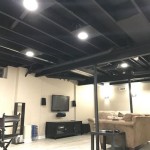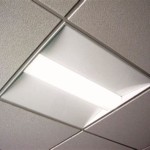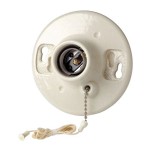Ceiling Fan Direction for Vaulted Ceilings: Optimizing Airflow and Aesthetics
In homes with vaulted ceilings, selecting the right ceiling fan and setting it to the appropriate direction can significantly impact the room's comfort and style. Whether you're seeking cooling relief in the summer or improved air circulation in the winter, understanding the effects of ceiling fan rotation can help you maximize its benefits and create a more pleasant living space.
Cooling in the Summer
During hot summer months, counterclockwise fan rotation is the key to keeping your room cool and comfortable. As the fan blades spin, they create a downdraft that pushes air downward. This downward airflow increases the rate of evaporation on your skin, making you feel cooler. Additionally, the moving air helps to circulate cool air throughout the room, reducing the concentration of warm air near the ceiling.
Heating in the Winter
In the colder months, however, you'll want to switch your ceiling fan to clockwise rotation. This upward airflow helps to distribute warm air that tends to rise and collect near the ceiling. By pushing the warm air down towards the living space, the fan ensures a more even distribution of heat throughout the room. This can lead to reduced energy costs and a more comfortable living environment.
Aesthetics and Style
Beyond its functional benefits, a ceiling fan can also contribute to the overall aesthetics and style of a room. When selecting a ceiling fan for a vaulted ceiling, consider the size, shape, and style of the fan to complement the room's architecture and décor. A well-chosen ceiling fan can enhance the beauty of your vaulted ceiling and create a focal point that draws the eye upward.
Additional Considerations
In addition to fan rotation, there are a few other factors to consider for optimal performance of your ceiling fan in a vaulted ceiling:
- Ceiling Height: Consider the height of your vaulted ceiling when selecting a ceiling fan. A fan with a longer downrod will be more effective in circulating air in a taller space.
- Fan Size: Choose a fan with a blade span appropriate for the size of your room. A larger fan is generally recommended for larger rooms to ensure adequate airflow.
- Location: Position the ceiling fan in the center of the room or over a seating area where you want to direct the airflow. Avoid placing the fan too close to walls or furniture, as this can restrict airflow.
- Speed Settings: Many ceiling fans have multiple speed settings, allowing you to adjust the airflow according to your needs. Higher speeds are ideal for cooling in the summer, while lower speeds can be used for gentle air circulation.
By following these guidelines, you can select and operate a ceiling fan that will optimize airflow, improve comfort, and complement the style of your vaulted ceiling space.

What Is The Right Ceiling Fan Direction For Winter

Which Way Should Fan Spin In Summer Or Winter Hunter

Ceiling Fan Direction In Summer And Winter The Home Depot

Ceiling Fan Guide The Home Depot

Ceiling Fan Faq

Which Way Should Fan Spin In Summer Or Winter Hunter

Ceiling Fan Guide The Home Depot

How To Choose The Right Ceiling Fan

Ceiling Fan Guide The Home Depot

Which Direction Should Your Ceiling Fan Spin In Winter We Verify Verifythis Com
Related Posts








